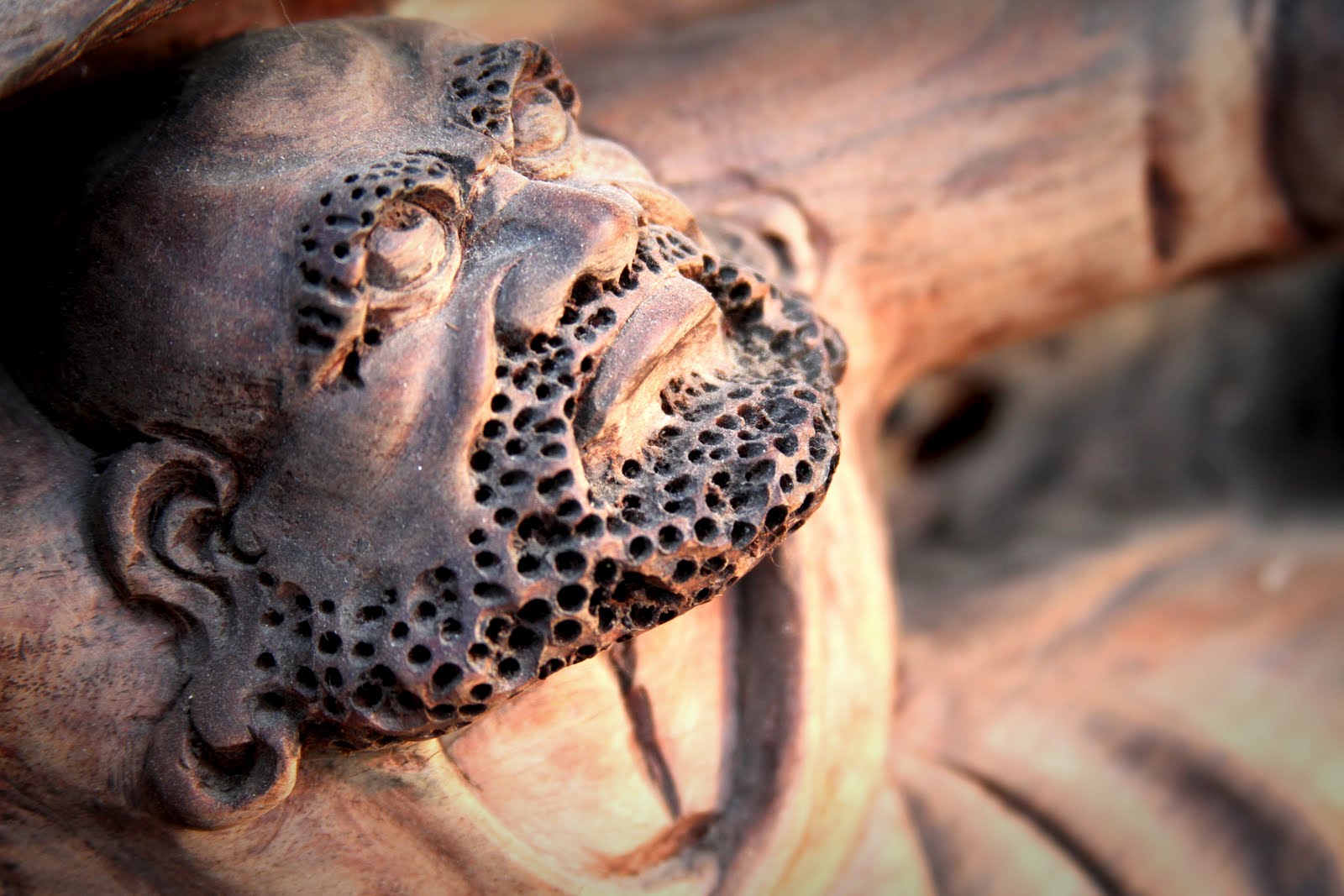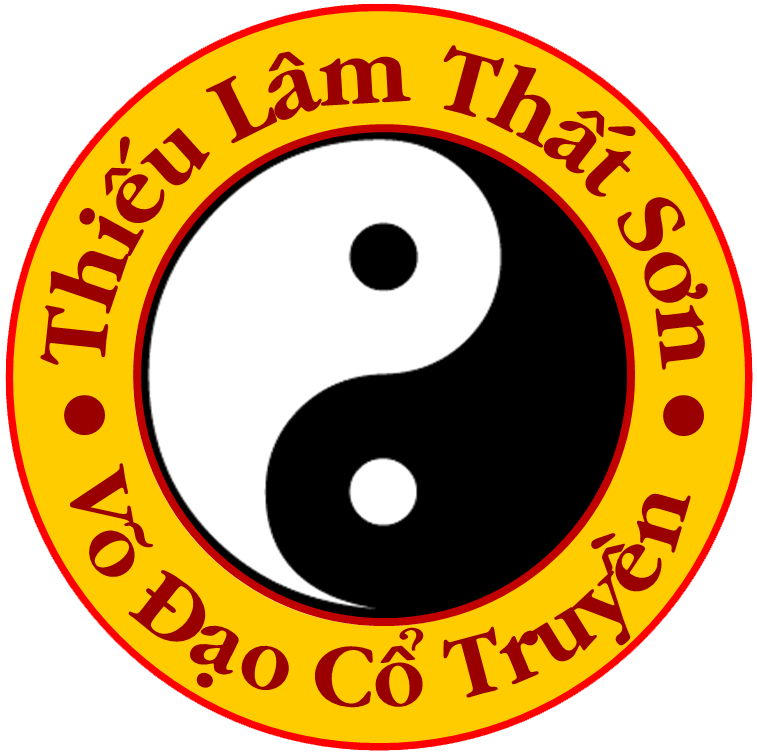
The History of Shaolin Kung Fu
Around 520 AD, a Buddhist monk from India named Bodhidharma (Da Mo) came to the Shaolin monastery at the foot of the Songshan mountains in north-central China. To help the monks withstand the long periods of meditation he introduced from his Chan (Zen) school of Buddhism, Bodhidharma taught the monks special breathing techniques and exercises to develop both their inner strength and their ability to defend themselves in the remote and often dangerous mountainous area in which they lived. Bodhidharma himself was said to have sat meditating facing a cave wall near the temple for nine years “listening to the ants scream.” Based on these exercises introduced by Bodhidharma, the Shaolin monks gradually developed a sophisticated fighting system known as Shaolin Martial Arts.
Two related concepts separate Shaolin arts from most other styles. One is the use of “internal” abilities derrived from the meditative based training and the other is how its fighting techniques are largely based on the movements of animals. Related to the Taoist backgrounds of many of the monks at the time, observing nature and living in harmony with the world was an important concept to go hand-in-hand with the Zen Buddhist concepts introduced by Bodhidharma. The combination of internal exercises with philosophies based on the forces at work in the natural world are the basis for the development of Shaolin martial arts.

History of Võ Cổ Truyền
Việt Võ Đạo is not a particular style or school, but a generic term to name all kinds of Martial Arts originating in Vietnam. That is the reason why it is commonly associated with another term to name precisely a given style or school. Examples are Thất Sơn Võ Đạo, Cửu Môn Việt Võ Đạo, Vovinam Việt Võ Đạo, …
Nowadays, various Việt Võ Đạo schools are established in most countries in the world. To keep the identity and specificity of each of the different schools, they typically choose a generic name, honoring their birth country:
- Việt : Vietnam
- Võ : Martial art
- Ðạo : The way
The traditional Vietnamese structure: school – master – disciple certainly explains the resistance and development of Việt Võ Đạo despite the difficulties it experienced.
For Vietnamese people, practicing Võ is not only training on fighting techniques, but moreover develop one’s culture and improve one’s personality through the five traditional confucianist virtues:
- Nhân : humanity
- Nghĩa : justice, social life, fairness
- Lễ : politeness, respect, good manners
- Trí : intelligence
- Tín : honesty, faith, confidence
This virtues are studied in all serious Võ schools. The word Võ Sư (expert in martial art) is very close to what the other martial arts mean by “Master”.
The Vietnamese martial art is totally bound to the culture and history of the country. The development of the main schools and groups started in the end of the 19th century. The most famous Masters of that time, considered as founders of the modern Vietnamese martial art, as we know it now, were Masters Ba Cát, Hàn Bái, Cự Tốn (1st Master of Nguyễn Dân Phú), Sáu Tộ, etc. Later, in the 40s and 50s, came Masters Quack Van Ke (Lam Son school), Nguyễn Lộc (Vovinam), and so on. At the same time appeared the first schools in France (Nguyễn Dân Phú : Thanh Long school, Hoang Nam : Wu Tao school).
Many schools develop in the whole country (North, Center and South of Vietnam), each with its specificity (Thiếu Lâm, Binh Đinh, Vinh Xuân, etc.). The authorities ease and foster this development, and official federations exist. In Hà Nội, Hội Võ Thuật Hà Nội federation counts more than 50 different schools, the Masters of which come directly from the great Founders like Cự Tốn, Sáu Tộ, etc.
Click Here for the history of our school: Thiếu Lâm Thất Sơn Võ Đạo
